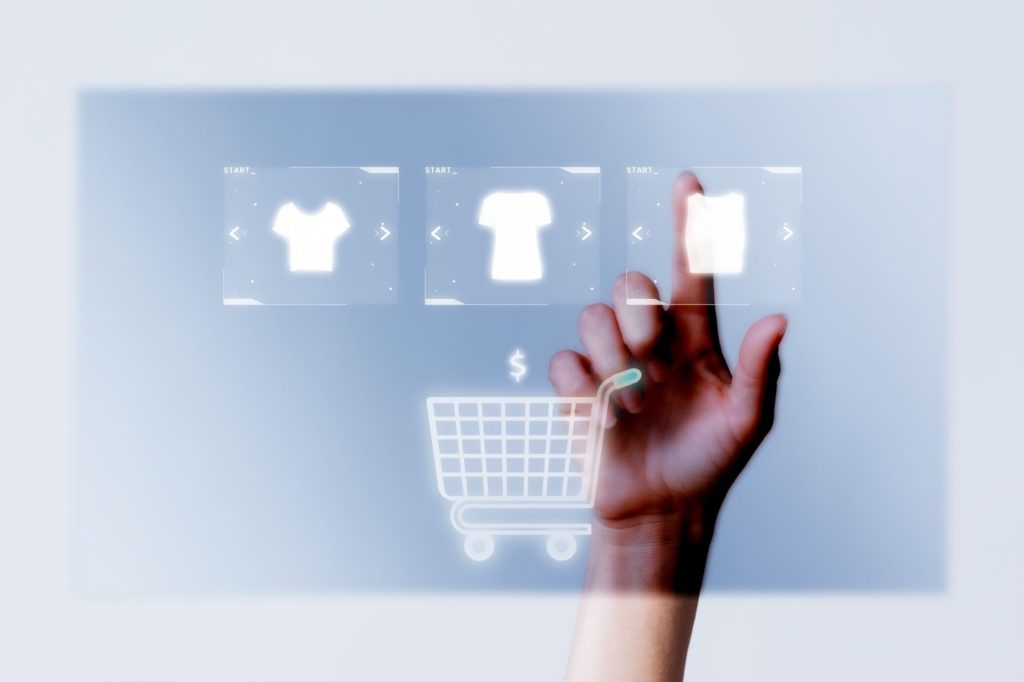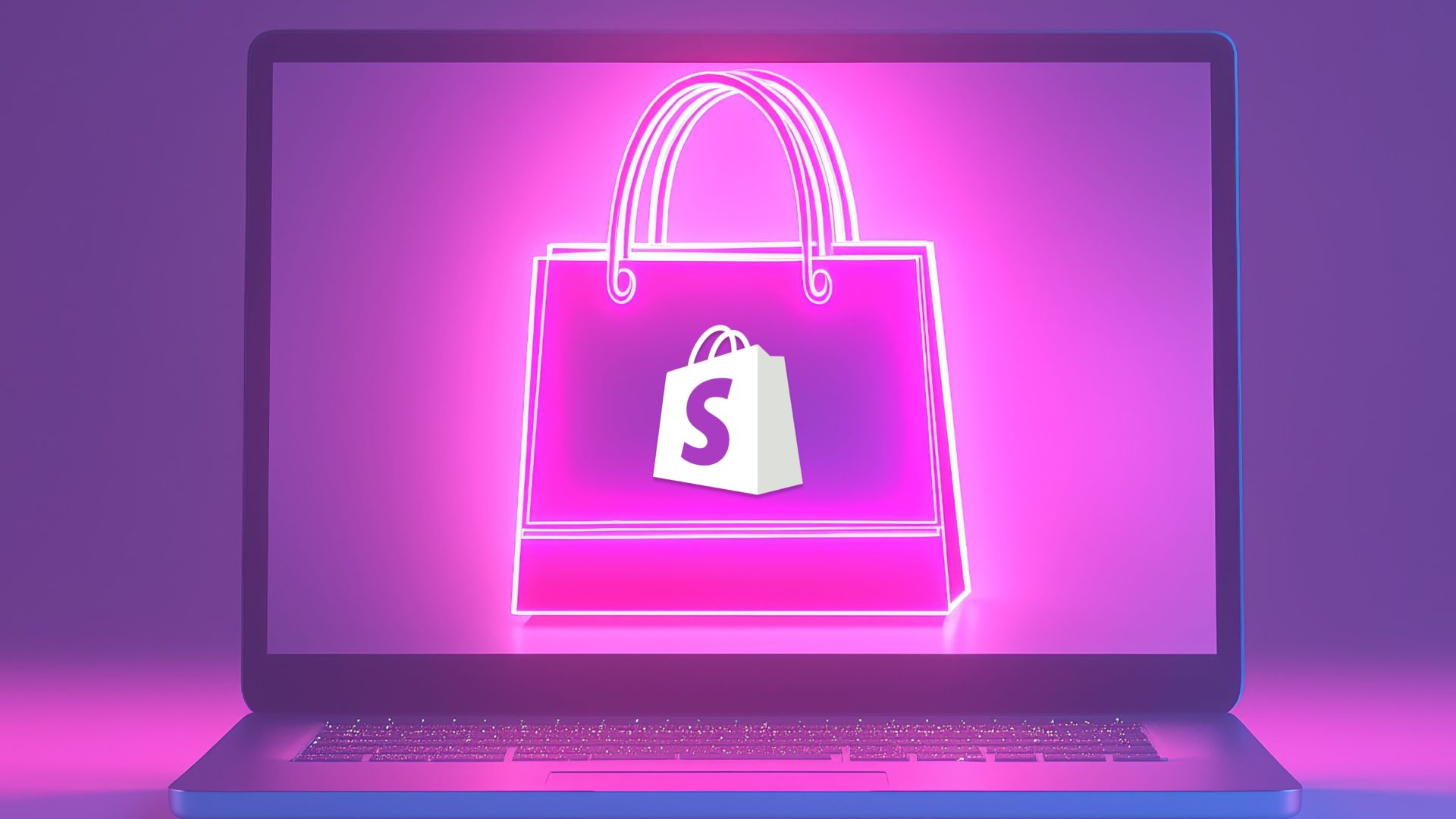The digital-first economy has made Shopify one of the most influential e-commerce platforms available to businesses at every scale. Shopify provides companies of all sizes with flexibility, scalability, and a robust ecosystem that enables entrepreneurs and enterprises to launch and manage their online presence. Running a Shopify store represents only the initial step.
Businesses need to establish a well-designed marketing engine to achieve both consistent and sustainable growth. This article explores how to scale a Shopify store through appropriate marketing approaches, platforms, and tools.
Align Marketing Strategy with Business Stage
Your marketing strategy needs to match your current business development phase before you start implementing tactics. A new Shopify store requires different marketing approaches than an established store, and scaling demands a change in approach from testing traction channels to optimizing for ROI and efficiency.
For early-stage stores, focus on:
- Building brand awareness
- Generating initial traffic with low-cost paid campaigns
- Engaging consistently on social media
For growth-stage stores, the focus should be on:
- Refining the customer journey
- Optimizing ads for performance
- Investing in retention and loyalty strategies
A customized approach helps organizations direct their resources optimally throughout their growth phases.
Why Marketing with Shopify Matters
Shopify functions not only as an e-commerce platform but also serves as a launchpad for businesses. A Shopify store with a perfect design will fail to draw visitors, convert them into customers and maintain customer loyalty when it lacks a specific marketing approach.
Marketing with Shopify involves using both built-in and external tools that seamlessly integrate with the platform. These tools support automated email campaigns, social media advertising, SEO plugins, AI-powered recommendations, and other advanced features. The tools provide exceptional capabilities to personalize customer experiences while optimizing sales funnels and collecting valuable market insights.
The Challenges of Scaling a Shopify Store
Store owners need to recognize the typical challenges they encounter before starting their solution:
- Low traffic and visibility
- Poor customer retention
- Inconsistent branding and messaging
- Lack of automation and personalization
- Inadequate data analysis for decision-making
The process of scaling requires owners to address these bottlenecks by implementing specific marketing strategies that work within Shopify’s ecosystem.
Step-by-Step Guide: How to Scale Your Shopify Store
1. Build a Strong Technical Foundation
Your website needs Shopify development services that make it functional and performance-optimized to start with success. A fast-loading, mobile-responsive, and SEO-friendly site lays the groundwork for all future marketing efforts.
2. Invest in Content-Driven SEO
Organic traffic generation remains most successful through search engine visibility. Focus on:
- Product page optimization
- Blogging about relevant topics
- Backlink-building campaigns
- Technical SEO audits
Your website will reach potential buyers at the right time through regular content updates and keyword-rich blog maintenance. Website maintenance services matter as they play a crucial role in sustaining SEO success, according to our research.
3. Embrace Data-Driven Advertising
Use Google Ads and Meta Ads to execute targeted campaigns that focus on behaviour demographics and interests. The integration between Shopify and these platforms allows for dynamic ad campaigns that use first-party data.
You can use retargeting ads to re-engage users who abandoned their cart or browsed your site without converting.
4. Optimize Email Marketing with AI
Email continues to deliver the highest return on investment (ROI) among all marketing channels. Create specific audience segments and use automated personalized workflows that respond to purchase history, behavioural patterns, and individual preferences. AI tools within Shopify’s ecosystem can enhance business processes with AI by generating tailored recommendations and optimized send times.
5. Leverage Influencer & Affiliate Marketing
Your business can effectively target specific markets through strategic partnerships with micro-influencers and affiliates. The Shopify apps Refersion and UpPromote enable you to handle affiliate relationships while monitoring sales and expanding outreach operations.
6. Improve Conversion Rates with CRO
Small adjustments can result in major improvements in sales. The combination of A/B testing headlines with product description optimization, checkout process simplification, and trust badge implementation leads to a better user experience and higher conversion rates.
Shopify marketing evolves beyond promotion when it focuses on performance optimization.
7. Implement Omnichannel Selling
Your reach expands with each touchpoint you establish. Your Shopify store should be synchronized with:
- Facebook and Instagram Shops
- Google Shopping
- TikTok Shop
- Amazon & Etsy marketplaces
Your audience will find you through omnichannel strategies because these approaches lead them to their preferred platforms, which results in more traffic and conversion opportunities.
8. Monitor KPIs and Iterate
The final requirement for scaling is tracking. Use tools like Google Analytics, Shopify Analytics, and heatmaps to monitor performance. Key metrics include:
- Conversion rate
- Customer lifetime value (CLV)
- Return on ad spend (ROAs)
- Cart abandonment rate
This data allows for continuous optimization and strategic decision-making. Utilizing marketing services will help you implement performance-driven strategies that are tailored to your store’s goals.
9. Build a Marketing Funnel That Nurtures
The process of scaling involves more than just capturing traffic because it requires proper care of the acquired traffic throughout the buyer journey. A properly designed funnel guides users from awareness to conversion by using educational content, trust-building assets, and remarketing strategies.
Your audience segmentation should be your priority because you need content that fulfills their particular needs at each stage of their journey. The implementation of lead magnets and gated content, together with retargeting strategies, will enhance conversion rates.
10. Cultivate a Community and Customer Loyalty
Your loyal customer base represents one of the most valuable assets for business growth. Your retention strategy should extend beyond basic email communications by developing social community engagement, user-generated content, and loyalty reward systems.
Building a sense of belonging through your brand will convert casual buyers into dedicated brand supporters. Shopify’s marketplace offers loyalty apps that automate reward systems, helping businesses keep customers engaged.
Real-World Example: Scaling with Strategic Rebranding and E-Commerce Optimization
A North American winery of medium size encountered difficulties while updating its digital storefront to match changing consumer preferences. The business required a scalable online model that would attract a wider audience while preserving its artisanal roots to transition from its legacy brand and loyal local customer base.
The project started with a thorough e-commerce audit followed by a Shopify platform migration. The user experience received a clean, mobile-friendly redesign that included product filtering, location-based purchasing, and review features. The Shopify ecosystem received specific industry requirements, including age verification and shipping zone restrictions, through custom development.
Our marketing strategy included multiple components to support growth:
- SEO-driven Content Marketing: The website attracted organic traffic through content marketing that used keyword-targeted blogs and optimized product descriptions for SEO purposes.
- Email Automation Flows: The email automation system reactivated current customers while building relationships with new potential clients.
- Targeted Paid Campaigns: The paid advertising strategy targeted specific seasonal promotions and new product releases to build immediate buying urgency and achieve conversion rates.
The post-launch analytics revealed significant improvements in time spent on the site and average order value, together with increased repeat purchase behaviour. The case demonstrates how Shopify development combined with marketing services tailored to specific needs will establish a digital foundation for sustainable growth through continuous performance tracking and site maintenance.
Long-Term Strategy: Think Beyond the Launch
The process of scaling a Shopify store requires building an adaptable marketing engine that uses data to support sustainable business expansion. Store owners achieve their best results by investing in marketing as an ongoing process instead of treating it as a single promotional effort, according to the Shopify Community discussion. Your success depends on:
- Understanding your customer base
- Refining brand messaging
- Choosing marketing tactics that align with your product and audience
- Building marketing strategies around long-term goals
Shopify users frequently emphasize testing as a fundamental aspect of their business success. Data-driven testing of ad creatives, loyalty programs, and content strategy adjustments produces cumulative marketing results. The scaling process should establish performance monitoring systems that collect customer behaviour data to enable strategic tactic adjustments.
Sustained Growth Through Optimization & Retention
The main focus of scaling efforts should be establishing a feedback loop that tracks performance and learns from customer behaviour to make necessary tactical adjustments. Here’s how:
- Apply A/B testing for email campaigns and landing pages
- Use data dashboards to track campaign performance
- Continuously update content to reflect trends and user preferences
Scaling a Shopify store requires more than just customer acquisition because retention is equally important. A successful retention plan should be as important as customer acquisition. Techniques like:
- Post-purchase email flows
- Personalized discounts
- Targeted remarketing
The strategies boost customer lifetime value while promoting repeated purchases. These strategies achieve their best results when they are integrated into Shopify marketing systems that use automation tools and analytics dashboards.

Your store needs infrastructure investments that will support ongoing growth as it matures. Your platform will stay technically optimized through Shopify development services, while AI solutions that enhance business processes allow for better personalization and task automation. Website maintenance services deliver ongoing support that demonstrates their importance for maintaining speed and security alongside user experience.
The process of learning how to scale your Shopify store continues throughout your business growth. Trends evolve, technologies advance, and consumer behaviour shifts. The key to business success lies in maintaining a marketing engine that evolves throughout the growth journey rather than focusing on reaching a single growth milestone.




